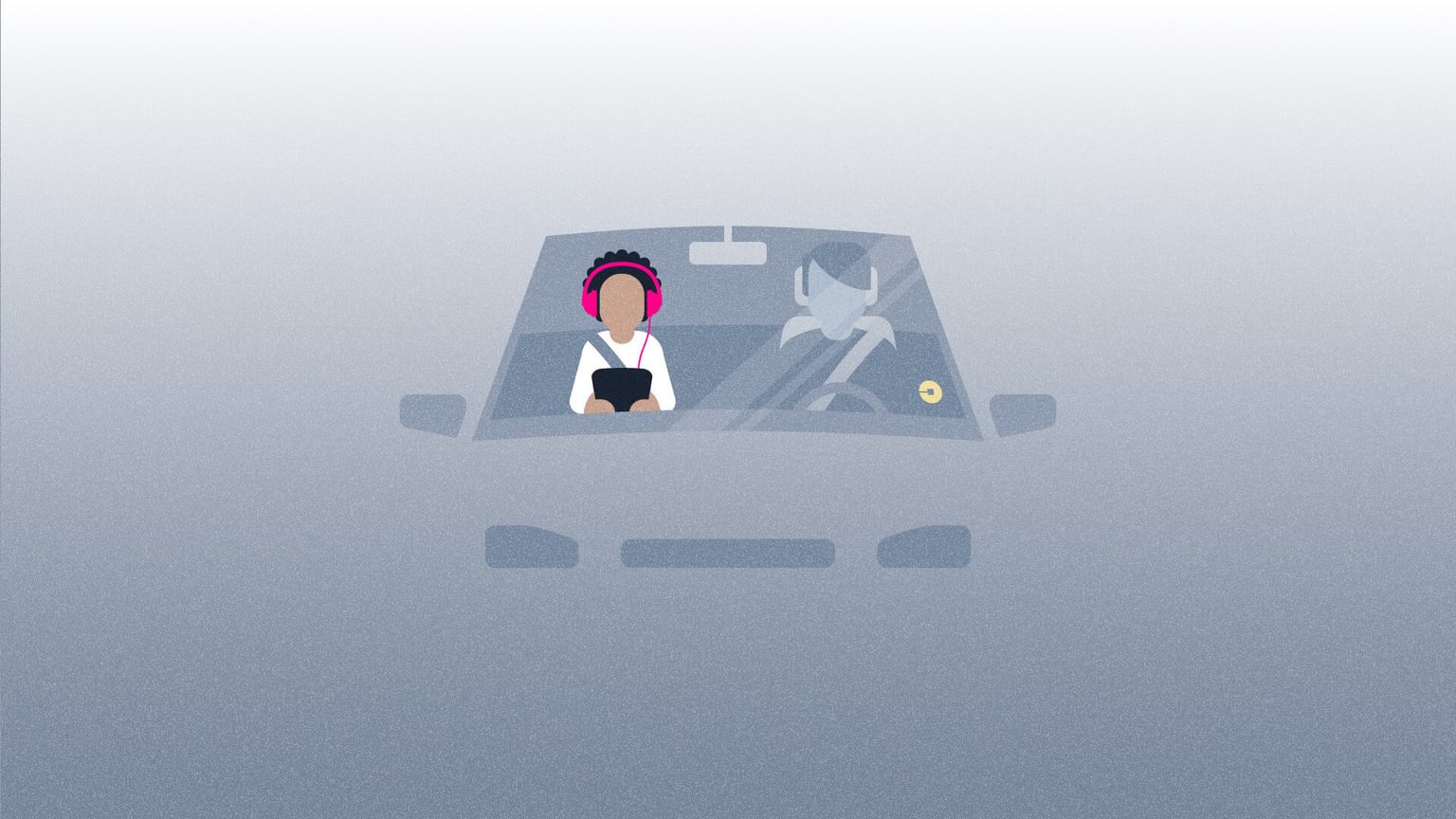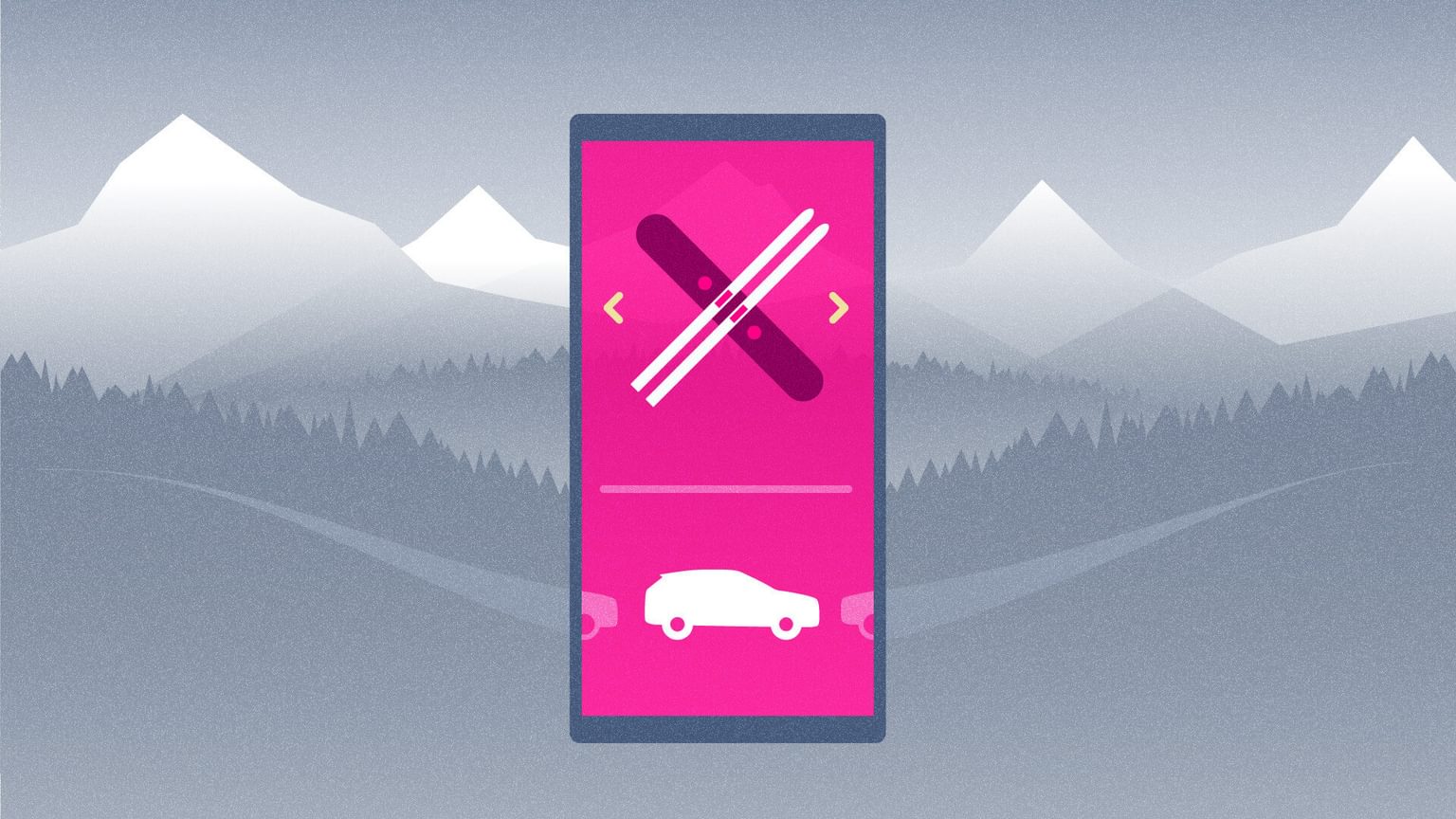
Insights

Devin Liddell | Principal Futurist

Devin Liddell
Devin designs preferred futures in aviation, automotive, smart cities, personal mobility, space travel, and more.
The automobile industry will look a lot like the airline industry if manufacturers don’t rethink their offerings. Enter the un-car.
Here are two important characteristics of the airline industry: Just two manufacturers produce 99% of the world’s airplanes for airlines, and everyday passengers have a hard time telling those aircraft apart—and mostly don’t care anyway. Weirdly enough, though, these characteristics are important to the future of cars. Why? Because the present of Boeing and Airbus could be the future of the automotive industry.
There are already indications that automotive is following aviation’s path toward a future in which there are fewer brands and models. The exteriors of many autonomous vehicle prototypes are similarly shaped mobile boxes; see examples from Muji, Olli, Transdev, and, yes, Teague. The interiors of autonomous vehicle concepts are also very uniform—evident in examples from the likes of Audi, Mercedes, and Volvo, with lie-flat seats and tables for working and meeting among the common characteristics. This uniformity inside and out points toward a future of mobility that is based on utility, which is very different than our history of using cars as transportation as well as expensive expressions of our personalities. There is, after all, no logical reason to own a Lamborghini.
There are already indications that automotive is following aviation’s path toward a future in which there are fewer brands and models.
It’s easy to see where this is headed. In a world where ride-hailing companies are now incentivizing people to give up their cars and rethink transportation as a service rather than a piece of hardware, we will only need a couple of manufacturers to make fleets of urban taxibots. The century of automotive brand building that produced the 911, Golf, Land Cruiser, Mini, Mustang, Wrangler, and thousands more will give way to a new era of boxy autonomous pods.
This future isn’t inevitable, though. There are at least two alternative futures that are each possible. But the onus is on carmakers to start imagining and designing the vehicles we’ll be using in 2030 and beyond that are more than boxes on wheels.
Ford is planning for its 2020 North American product portfolio to consist mainly of trucks, SUVs, and commercial vehicles, and GM has a similar vision for its near-future lineup. This all makes a lot of sense when looking at the present state of vehicle sales. However, designing and manufacturing fewer kinds of cars moves the automotive industry toward a future in which fewer carmakers are required to meet our needs for four-wheeled vehicles. So, if carmakers want to avoid that scenario, at some point they actually need to stop contracting and make new cases for different kinds of vehicles.

There is a way forward here. If carmakers believe they’ll be selling fewer cars to individual drivers and passengers—which seems certain—then the next most logical touch points for the industry’s well-honed brands are likely cities. This potential is already visible in city– and state-based data for vehicle sales. Seattle, Denver, and Salt Lake City especially love Subarus. Baton Rouge, Louisiana, loves muscle cars. The Bay Area loves hybrids; Oklahoma City doesn’t. Porsches are comparatively rare in most cities, but are the least rare in Tucson, Arizona. Cities are similar to consumers in that cars can express the values, desires, and functional requirements for both of them. The reason Seattle loves its Subarus is because Seattleites love the outdoors, small carbon footprints, and multisport adaptability, making the Outback and Forester popular.
From a business and design standpoint, this potential is thrilling, because we haven’t yet explored what a vehicle designed specifically for a certain kind of city and its citizens looks and feels like. The vehicles we need in a city like Addis Ababa are likely very different from those tailored to a place like Zurich. And while we don’t need a unique vehicle for every city on the planet, our diversity of cities—and their social characteristics, size, terrain, weather, and so forth—is an opportunity that would require more rather than fewer car brands.
There’s another way forward for carmakers wanting to make more than mobile boxes for us. Understanding this way forward starts with understanding that, while autonomous vehicles will operate very differently than our current automobiles, our conception of these future vehicles still borrows a lot—and likely too much—from existing vehicles. Current prototypes of autonomous vehicles mostly show cars that we can use for sleeping or meeting with others. The former is probably a reflection of our sleep-deprived culture and its subsequent interest in designing better ways to rest while the latter is less clear; many of us could use more sleep, but is the modern workplace culture really in search of more meetings?

Our mental model of future vehicles is likely short-sighted. Even more importantly, our existing markets for vehicles might appear very narrow decades from now. As more and more of us live in bigger and bigger cities, we’ll need vehicles that do more than just move people from A to B. We’ll need all sorts of cars to be cars but also un-cars. Cars that act like cars sometimes and then have an altogether different superpower at other times. We’ll need school buses that double as mobile delivery lockers when they’re not transporting kids. We’ll need autonomous micro-apartments for older citizens who split time between locales. And, yes, we’ll need those vehicle boxes that integrate all kinds of new services and experiences into moving people or stuff around.
Like the prospect of designing cars specifically for certain kinds of cities, developing un-cars is a potentially transformative design opportunity for carmakers and the beginning of a more efficient, convenient, and personalized way of life in cities. That’s because un-cars expand the role vehicles can play in our future lives, creating benefits we haven’t even yet anticipated. Realizing this opportunity will require more from carmakers—not less, and more than a duopoly of them.
Illustrations by David Smith
This article was originally published in Fast Company magazine.